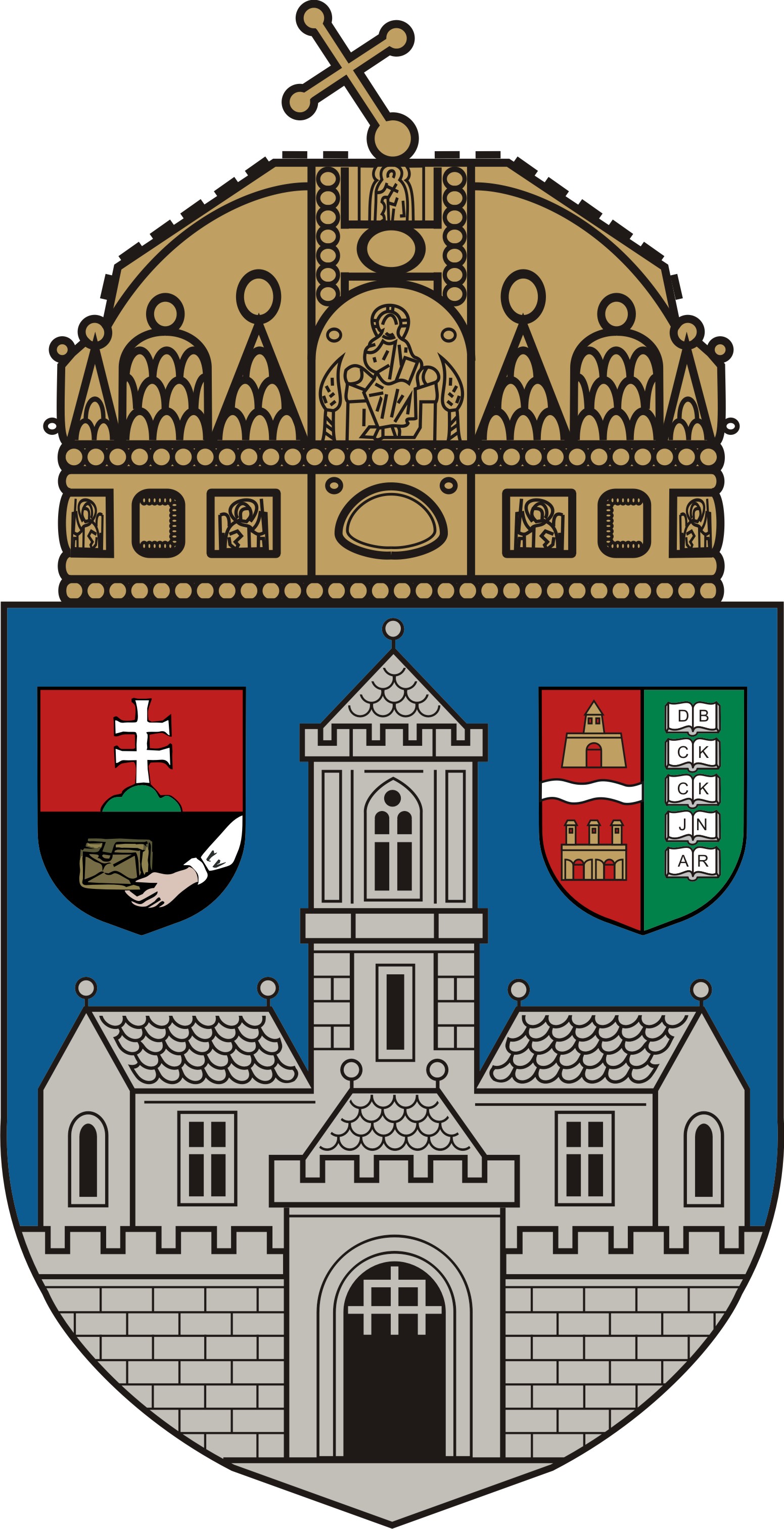9:00 - 11:30
| | 2014 Honorary Professors' Talks
|
9:00 - 9:10
| | Opening Ceremony
|
9:10 - 9:50
| | Prof. Dr. Ljiljana Trajković: Analysis of Traffic Data in Communication Networks
|
| | Presentation is available: 
|
| | Abstract: Understanding modern data communication networks such as the Internet involves collection and analysis of data collected from deployed networks. It also calls for development of various tools for analysis of such datasets. Collected traffic data are used for characterization and modeling of network traffic, analysis of Internet topologies, and prediction of network anomalies.
In this talk, I will describe collection and analysis of real-time traffic data using special purpose hardware and software tools. Analysis of such collected datasets indicates a complex underlying network infrastructure that carries traffic generated by a variety of the Internet applications. Data collected from the Internet routing tables are used to analyze Internet topologies and to illustrate the existence of historical trends in the development of the Internet. The Internet traffic data are also used to classify and detect network anomalies such as Internet worms, which affect performance of routing protocols and may greatly degrade network performance. Various statistical and machine learning techniques are used to classify test datasets, identify the correct traffic anomaly types, and design anomaly detection mechanisms.
|
9:50 - 10:10
| | Coffee Break
|
10:10 - 10:50
| | Prof. Dr. Vincenzo Piuri: Biometric Technologies for Ambient Intelligence and Smart Living
|
| | Presentation is available: 
|
| | Abstract: Adaptability and advanced services for ambient intelligence and smart living require an intelligent technological support for knowing the needs and the desires of users in the interactions with the environment for their daily use. To this purpose in some cases we can discover these characteristics by observing the human behavior, while in others we can retrieve stored information associated to the person. In both cases, the use of biometrics can be extremely useful both to understand the human behavior and to identify the person or the class of persons with similar characteristics so as to derive their needs and desires.
Biometric technologies allow us in fact for analyzing human traits (e.g., face, fingerprint, palm) for identity management without requiring individuals to carry tokens or remembering information. These technologies allow us also for classifying the persons by observing some soft-biometric traits (e.g., gait, height, weight, emotions), thus associating the needs typical of the detected class. Besides, some other soft-biometric traits (e.g., gestures, gait) allow us for specifying actions desired by the person.
This talk will analyze the opportunities offered by biometric technologies and applications to support the realization of adaptable operations and intelligent services in ambient intelligence for smart living, based on a user-centric philosophy.
|
10:50 - 11:30
| | Dr. Luis Gomes: Distributed embedded controller design using Petri nets modeling
|
| | Presentation is available: 
|
| | Abstract: Adoption of a model-based development attitude can benefit the design of distributed embedded controllers, allowing adequate support for designer’s needs integrating reusability of already available components, as well as design automation tools. Selection of Petri nets as reference modeling formalism provides support for a comprehensive specification and documentation of the system, complementing graphical expressiveness with formal verification capabilities. A Petri nets based development flow based on composition (using net addition operation) and decomposition (using net splitting operation) of Petri net models is presented, targeted for the design of distributed embedded controllers. Distributed execution is addressed adding the concept of time domains and asynchronous channels to Input-Output Place-Transition Petri nets (IOPT nets). A cloud-based tool chain framework is available to support the whole development process from specification to implementation, including tools for model edition, simulation, proprieties verification, and automatic code generation targeting for deployment into specific implementation platforms (where VHDL coding is used for hardware-based implementation and C coding is selected for software-oriented implementation).
|
11:30 - 13:00
| | Reception
|
